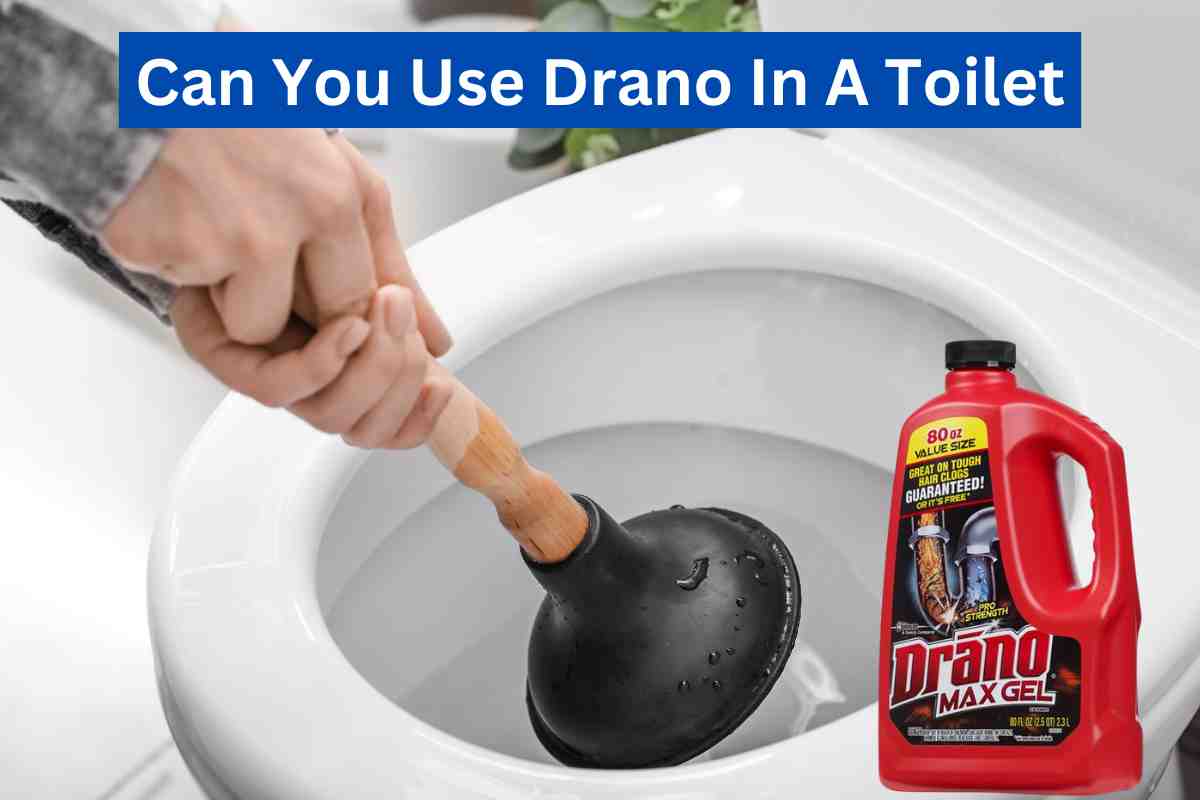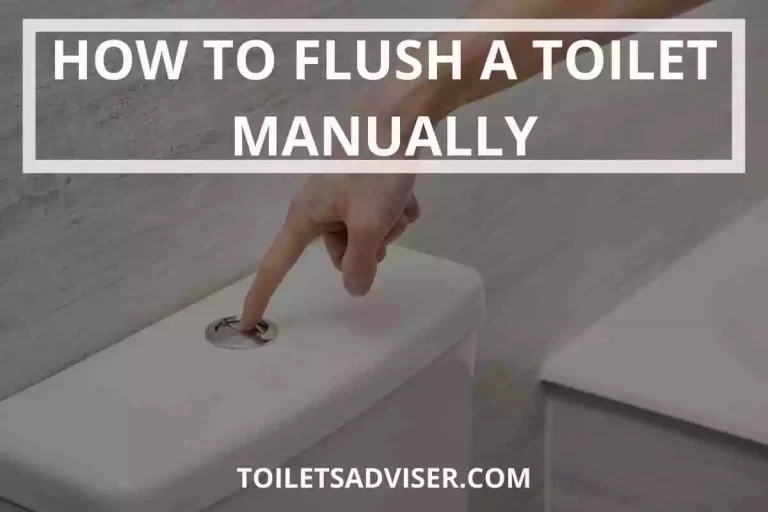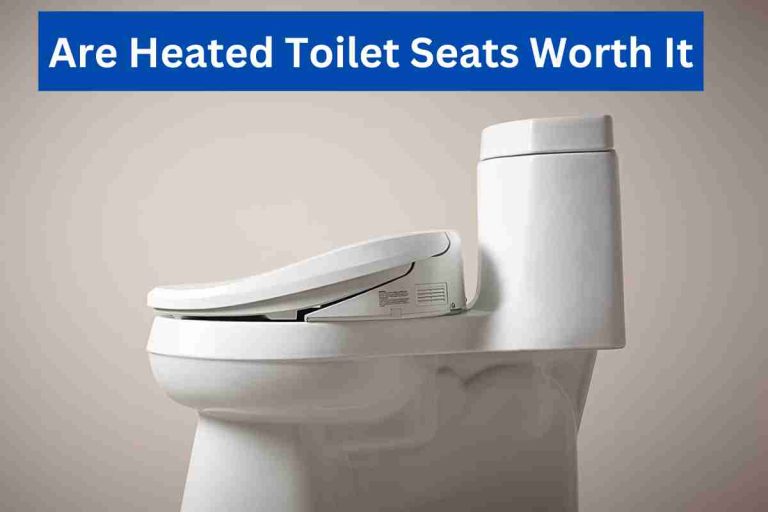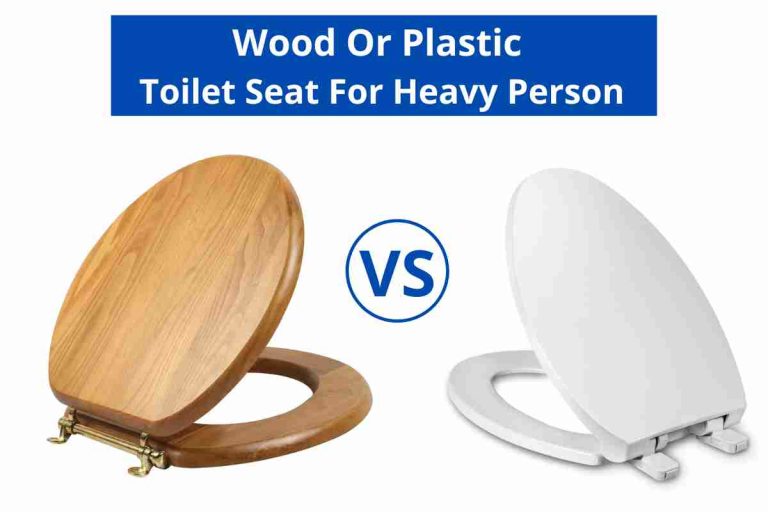Can You Use Drano In A Toilet(Why Should Not Use Drano)2024

When faced with a stubbornly clogged toilet, homeowners want quick and effective solutions. One common question that arises is whether Drano, a popular drain cleaner, can be used to tackle toilet clogs.
Let’s find out the technical aspects of using Drano in a toilet, explore its effectiveness in unclogging drains, and address safety concerns;
Table of Contents
Can You Use Drano In A Toilet?
Drano is designed to unclog drains, but it is not recommended for use in toilets. Drano is a caustic chemical that generates heat when it comes into contact with water. When poured into a toilet, it can create excessive heat and pressure, which can damage the toilet bowl and pipes or even cause them to burst. Use a plunger or a toilet-specific auger to treat toilet clogs safely and effectively.
What Happens If You Put Drano Down The Toilet?
When you pour a Drano down in the toilet, its caustic chemicals react with water and generate heat. It increases the temperature and pressure within the toilet bowl and pipes. The excessive heat and pressure damage the toilet’s porcelain seals.
What kind Of Drano Can I Use In A Toilet?
Drano offers specific products formulated for different types of drains, but using any Drano product in a toilet is not recommended. Drano’s toilet-specific product, “Drano Max Buildup Remover,” is designed to target mineral deposits in toilet pipes. However, it assists with prevention rather than unclogging.
Can Drano Damage PVC Pipes?
Drano contains caustic chemicals that can damage PVC pipes. The highly alkaline nature of Drano can weaken and degrade PVC over time, especially if used repeatedly or in large quantities.
Don’t use Drano or similar caustic drain cleaners on PVC pipes. Instead, use mechanical methods like plungers or enzymatic cleaners specifically designed for PVC pipes to prevent damage.
Why Do Plumbers Say Not To Use Drano?
Plumbers don’t use Drano due to its caustic nature and severe risks. Drano contains harsh chemicals that can damage pipes, especially older or corroded ones.
If Drano fails to dissolve a clog completely, it can create a blockage that is difficult to clear, leading to costly repairs.
Plumbers recommend alternative methods like mechanical snaking or hydro-jetting, which provide safer and more effective solutions for unclogging drains without damaging the plumbing system.
Will Drano Melt Plastic?
Drano contains strong caustic chemicals that can melt or damage certain types of plastic. While it does not immediately dissolve most plastics, prolonged exposure or repeated use of Drano can weaken and degrade plastic materials over time.
Don’t use Drano on plastic pipes, fittings, or other plastic components to prevent damage and expensive repairs.
Can I Use Vinegar Instead Of Drano?
You can use vinegar as a mild and natural alternative to Drano for minor clogs. The acidic properties of vinegar can help break down organic matter, causing the clog.
However, vinegar is less effective on tougher or more stubborn clogs. Vinegar cannot dissolve mineral or grease-based clogs.
Can You Use Coke Instead Of Drano?
Using Coke as a substitute for Drano is a popular household remedy, but it’s less effective than Drano. Coke contains phosphoric acid, which has mild cleaning properties. It can break down organic matter in small clogs.
Remember, Coke cannot clear tough clogs or the ones that are caused by mineral or grease buildup.

With an impressive 7-year track record as a professional toilet plumber, Helena Shaner brings a wealth of knowledge and experience to the world of toilet plumbing.
Throughout her career, Helena Shaner has become a go-to specialist for all things toilet-related, whether fixing a stubborn clog, performing maintenance to keep your toilet in top-notch condition, or guiding you to choose the perfect toilet for your home or commercial space.
Helena Shaner has dedicated her expertise to solving toilet woes in residential and commercial settings, and she’s seen it all. From minor annoyances like running toilets to more complex issues that require a plumber’s touch, Helena Shaner has tackled them with finesse and precision.
Now, as part of the team at toiletsadviser.com, Helena Shaner is excited to share his extensive knowledge and tips with you. Her mission is to make your life easier by offering valuable insights into toilet plumbing issues and reviewing the best toilets and brands available.
Regarding toilets, Helena Shaner is your trusted source for advice, guidance, and solutions. With her friendly and approachable style, she’ll break down complex plumbing topics into easy-to-understand insights. You can count on her to provide expert recommendations and help you make informed decisions about your toilets.
Stay tuned for her informative articles and reviews to help you keep your toilets in tip-top shape and find the perfect toilet.





